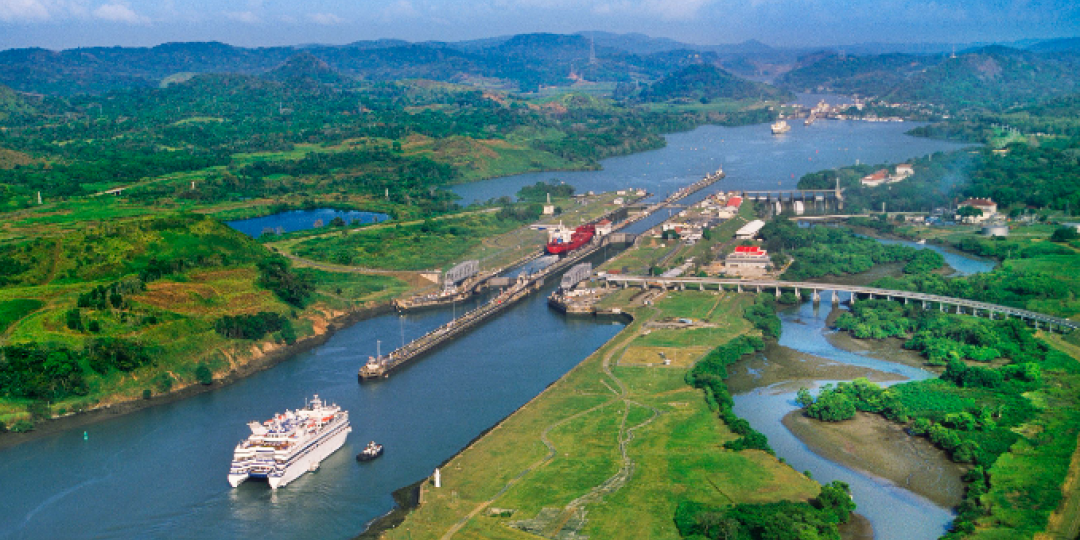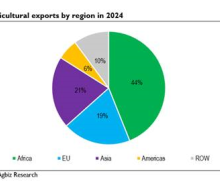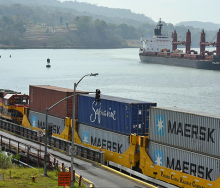Escalating costs and exacerbating climate constraints are impacting two of the global shipping industry’s most important waterways – the Suez and Panama canals.
From Cairo it has emerged that the Suez Canal Authority (SCA) intends to increase north-bound transit fees by 15% for all container vessels.
Fees for Asia-to-Europe transits of roll-on roll-off carriers will only be increased by 5%.
The new fees will come into effect in the new year, from January 15, and will not apply to east-bound vessels whose last stops were at the ports of Algericas, Tangiers or any other port west of the Straits of Gibraltar.
From what has been said by the SCA, the increased fees are exclusively applicable for head-haul transits using the Suez as opposed to Panama.
The Suez decision is seen as a direct result of transit constraints in Panama where dry weather conditions continue to affect lock levels required to raise vessels up to the level of Gatun Lake.
The SCA announcement also comes as the Panama Canal Administration (PCA) has warned against cutting back daily transits even more.
Having just experienced the driest October on record, the PCA, Panama’s biggest GDP contributor, has said that the draught level of vessels passing through the canal has been decreased by two meters.
With 41% less rainfall than usual, the canal can’t accommodate the 40-odd vessels it used to process on a daily basis as the draught until recently forced the daily average down to 32.
If El Niño-related draught conditions persist, slots will continue to fall to 24 in November, 22 in December and 20 in January.
If slots are decreased to 18 by February as the PCS anticipates, the Panama Canal will be running at less than 50% of its primary capacity.













